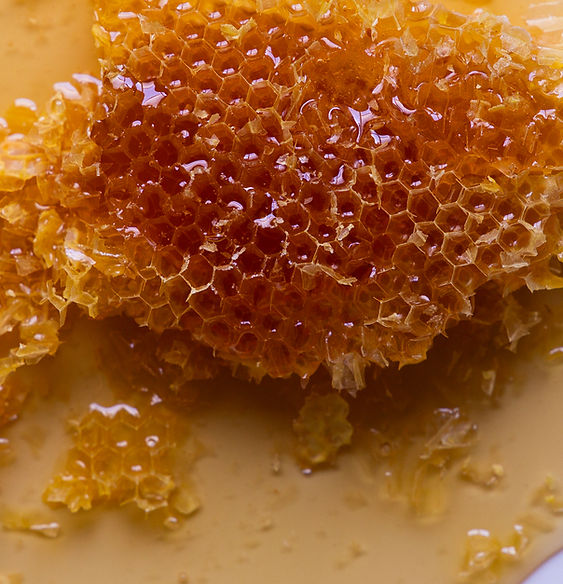Made by nature
Why wild honeycomb is a pure reflection of its environment.

Every wild-produced honeycomb captures time and place and the architecture is unique to each individual bee colony. Comb is made from the bees own bodies and crafted into a profoundly important part of the bee superorganism, by the bees themselves – it can be thought of as the skeleton, skin, womb and liver of the colony, and also acts as a communication network, contributor to social immunity and functions as an extended gut of the colony. The wild honeycomb we harvest is just a small section of the nest - the uppermost part that contains the surplus food stores.
There are times of hyper-abundance of nectar and pollen in the environment - beekeepers call this a honeyflow - which triggers the bees to expand the nest and produce surplus comb. Therefore a beekeeper can take a small section of comb whilst on a honeyflow, without having any impact on the bees.

Tim Malfroy is an apiarist who has pioneered natural beekeeping, producing honey from wild beehives in Australia's Blue Mountains. Tim produces many varieties of the wild honey, including his seasonal wild honeycomb Malfroy's Gold.
